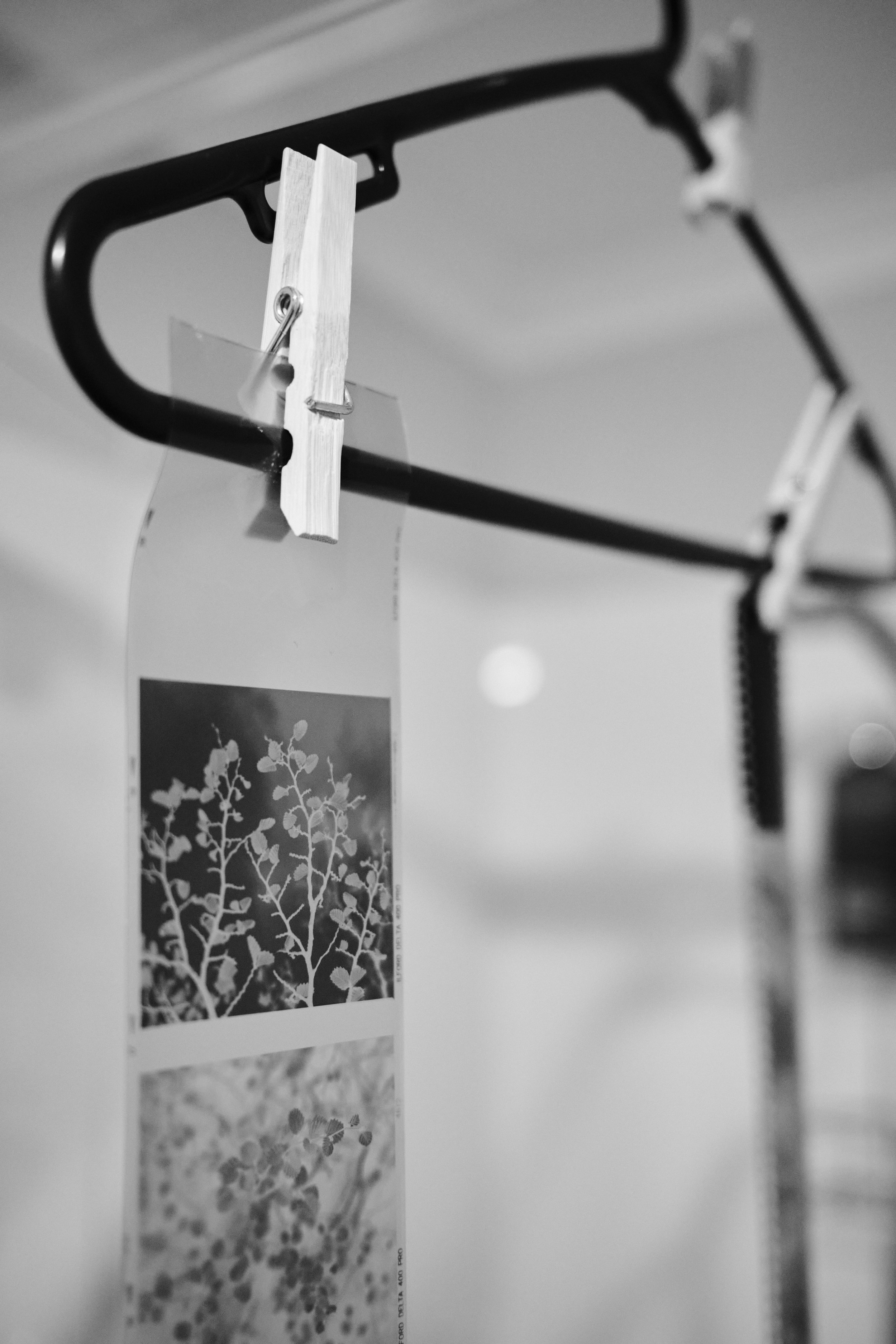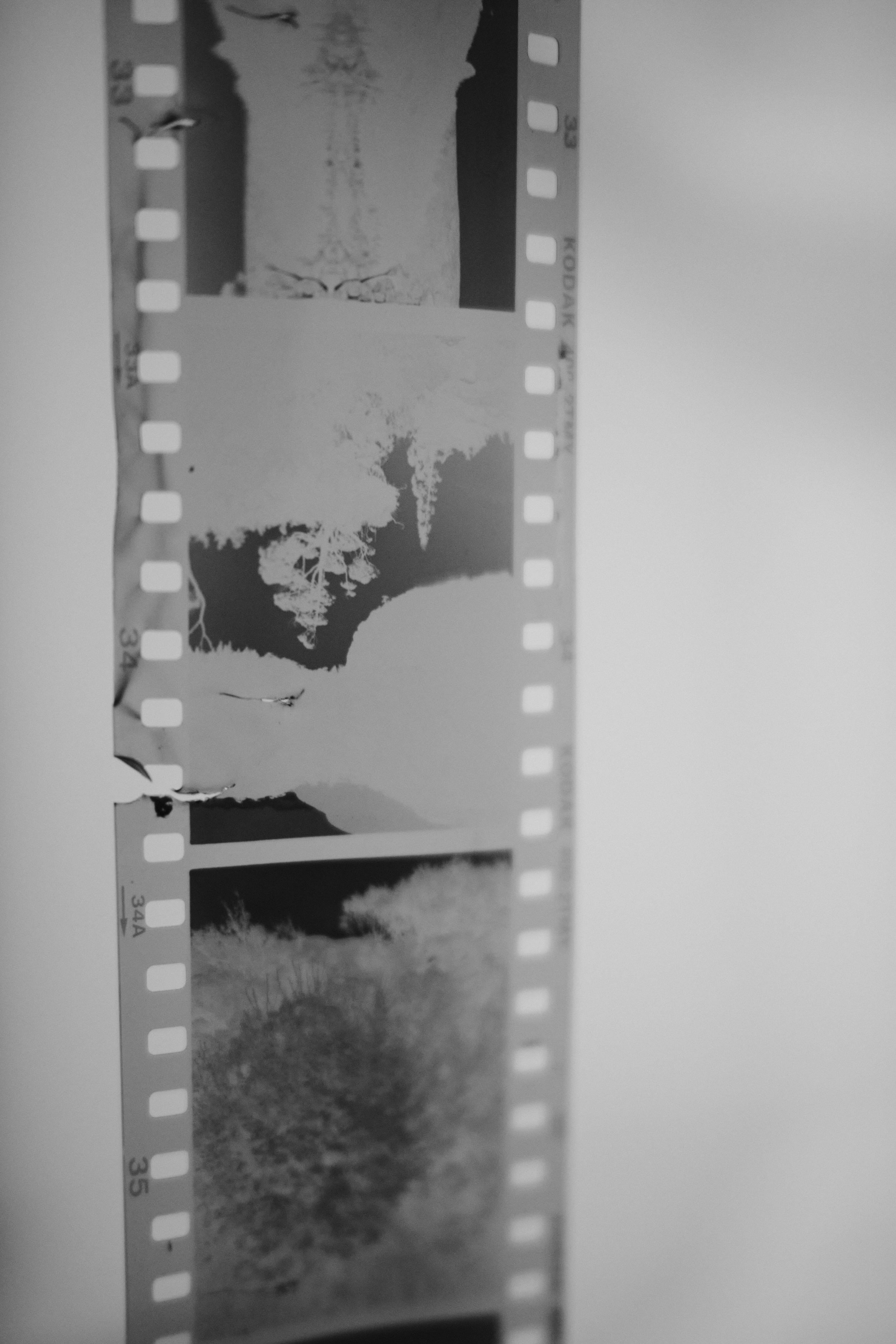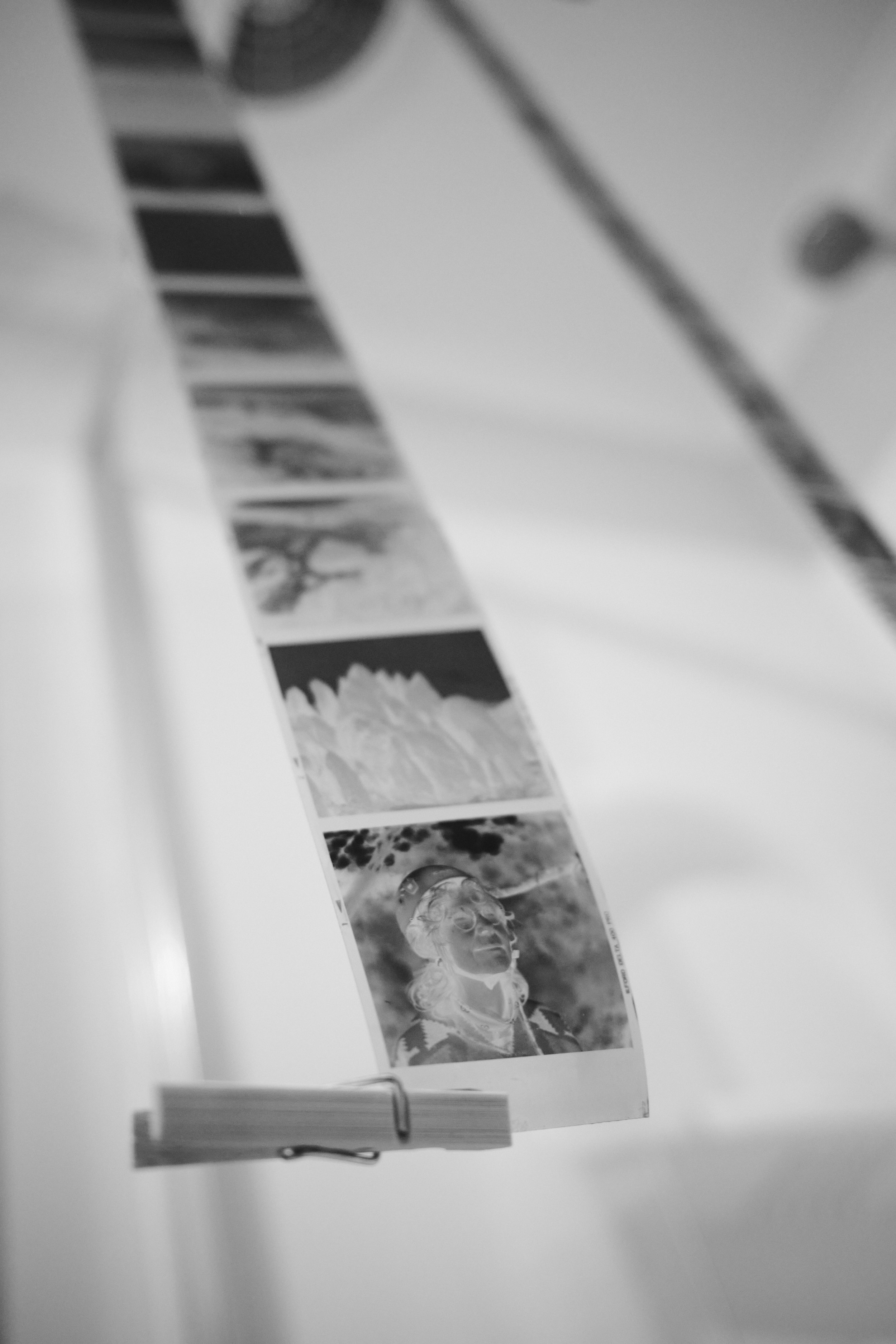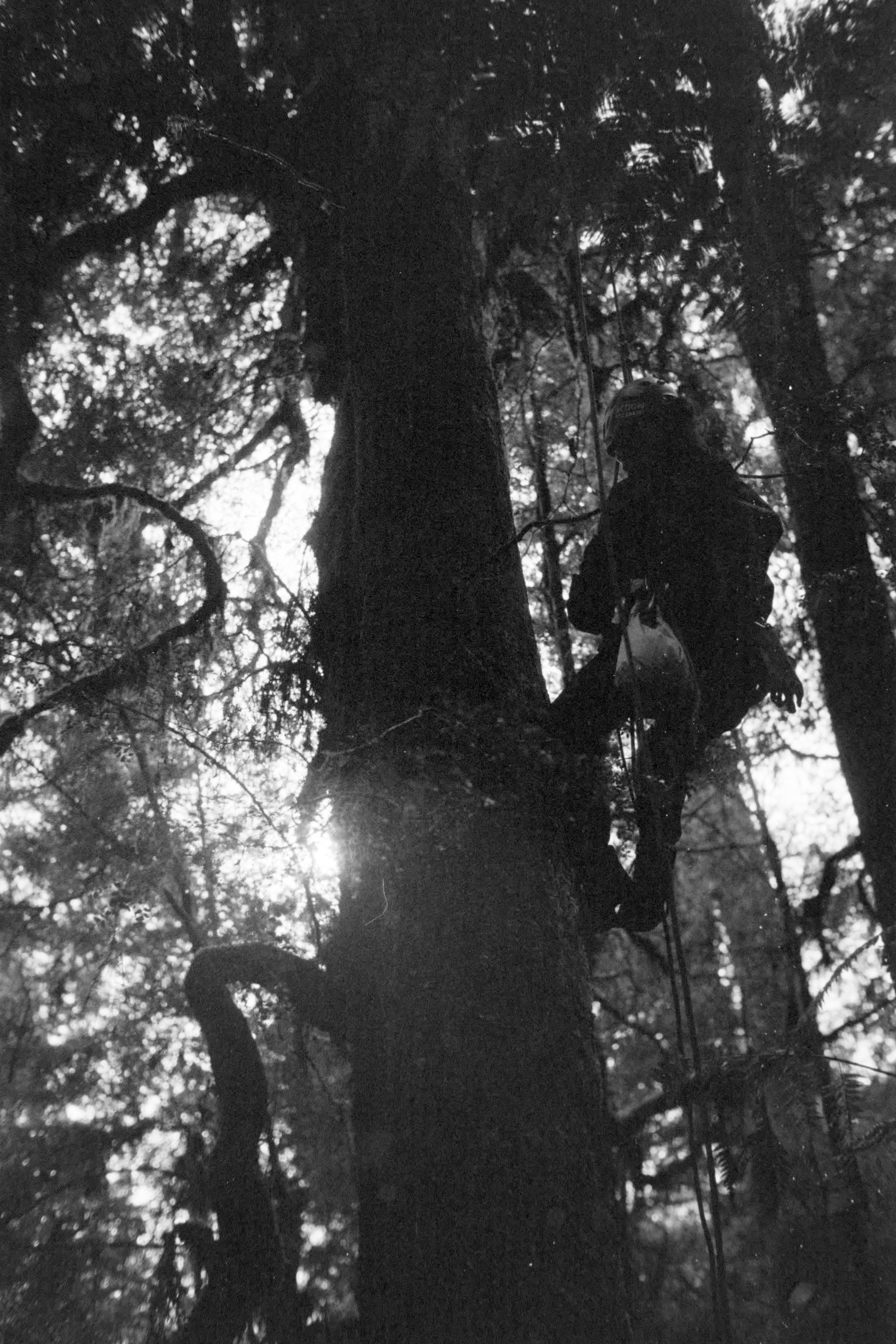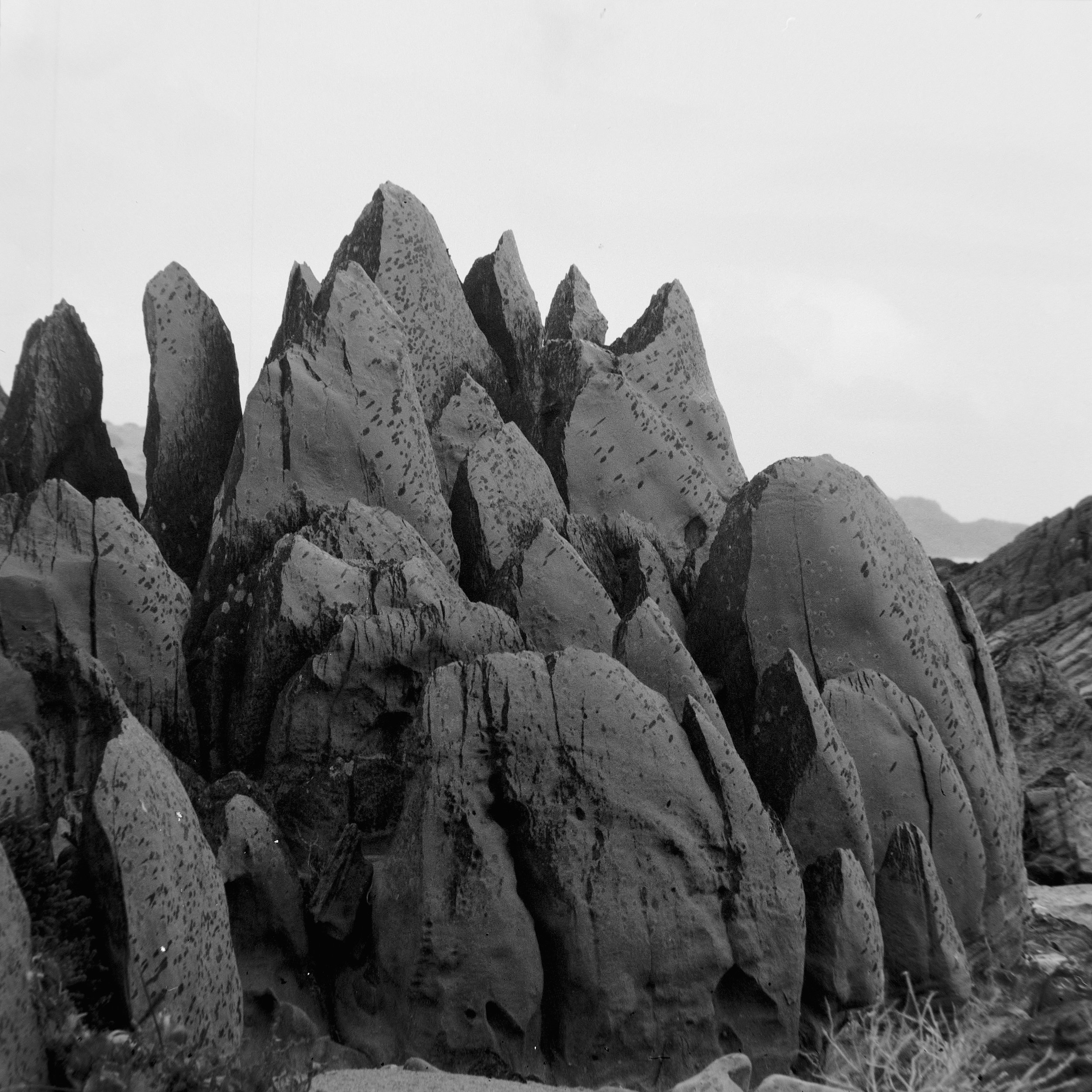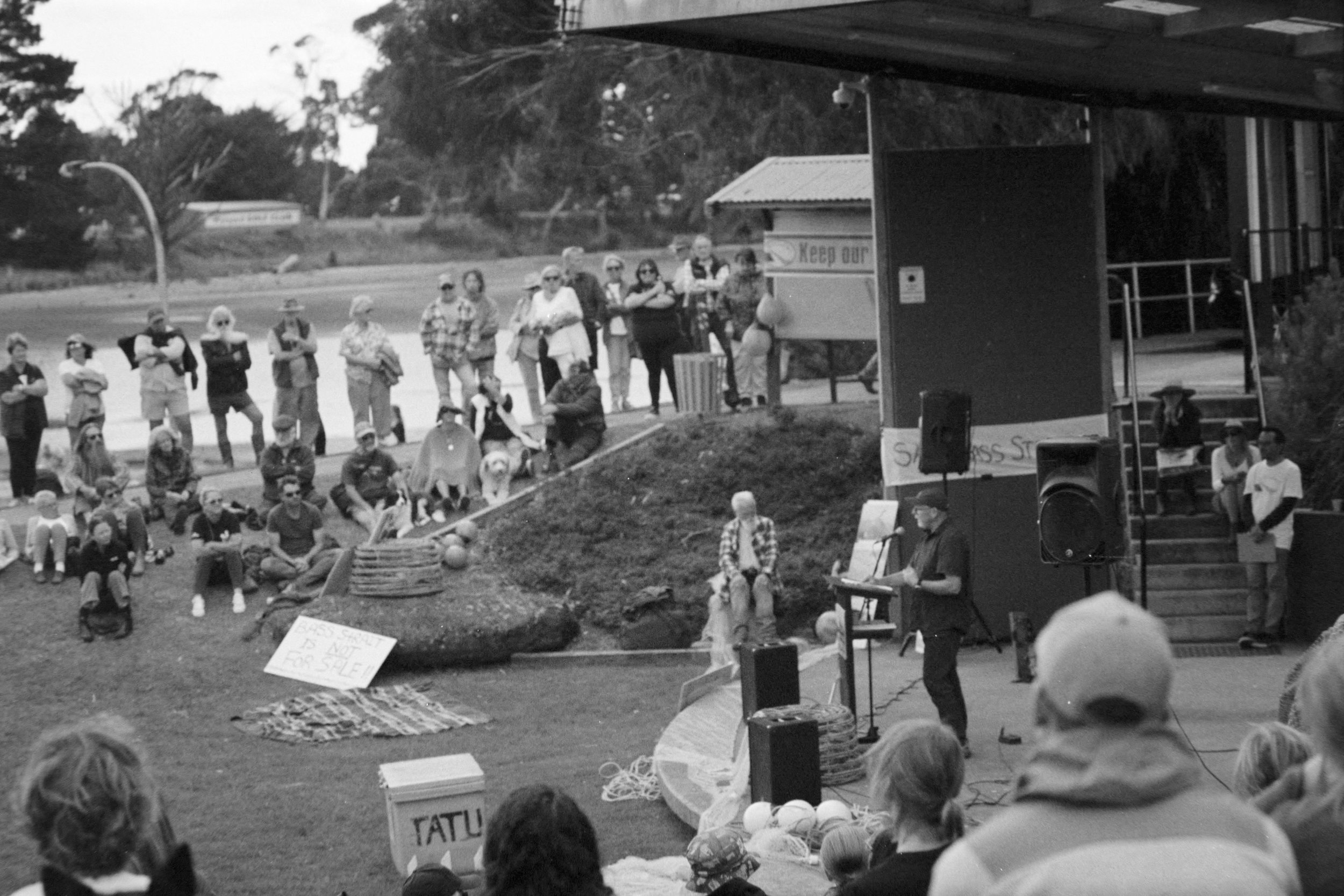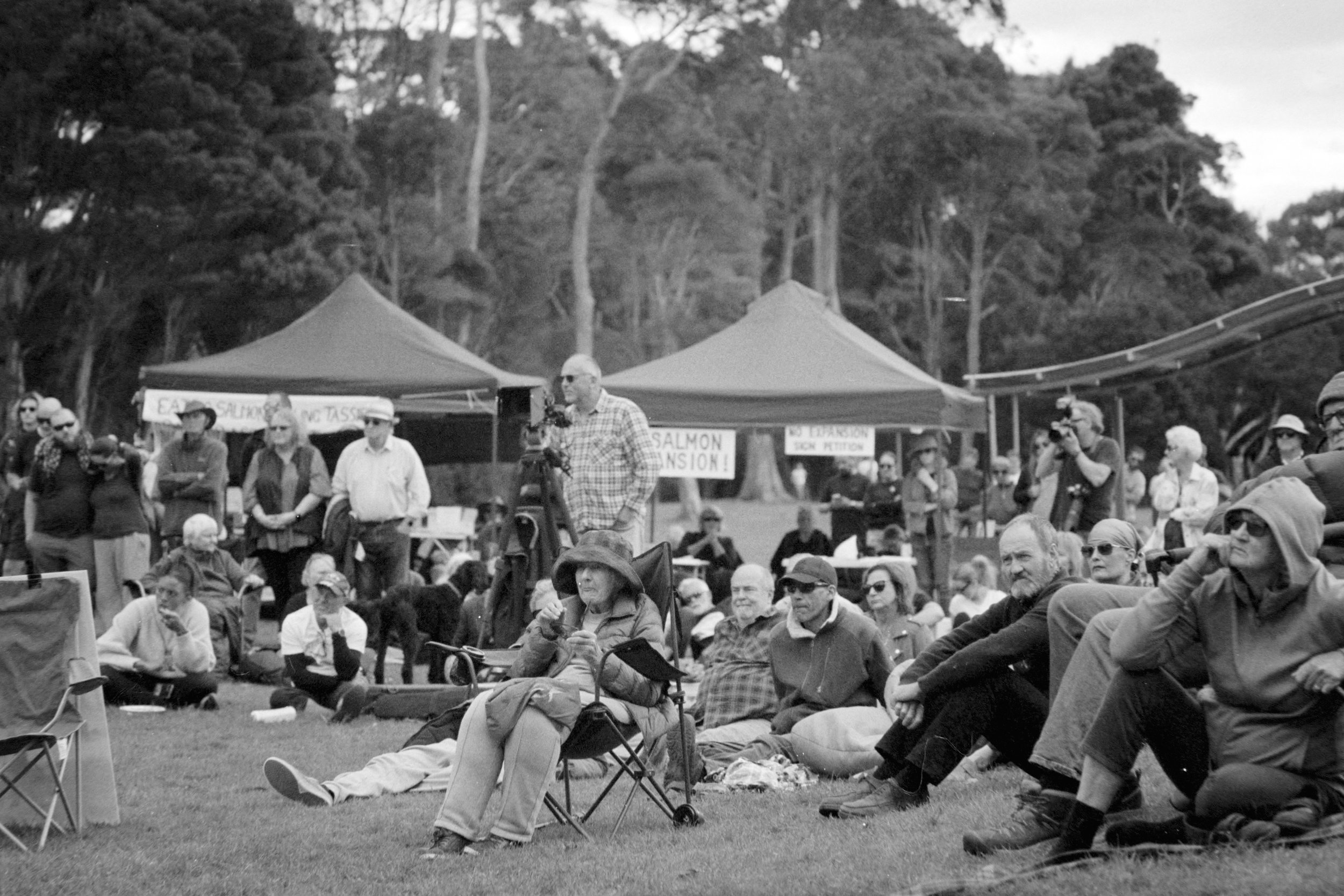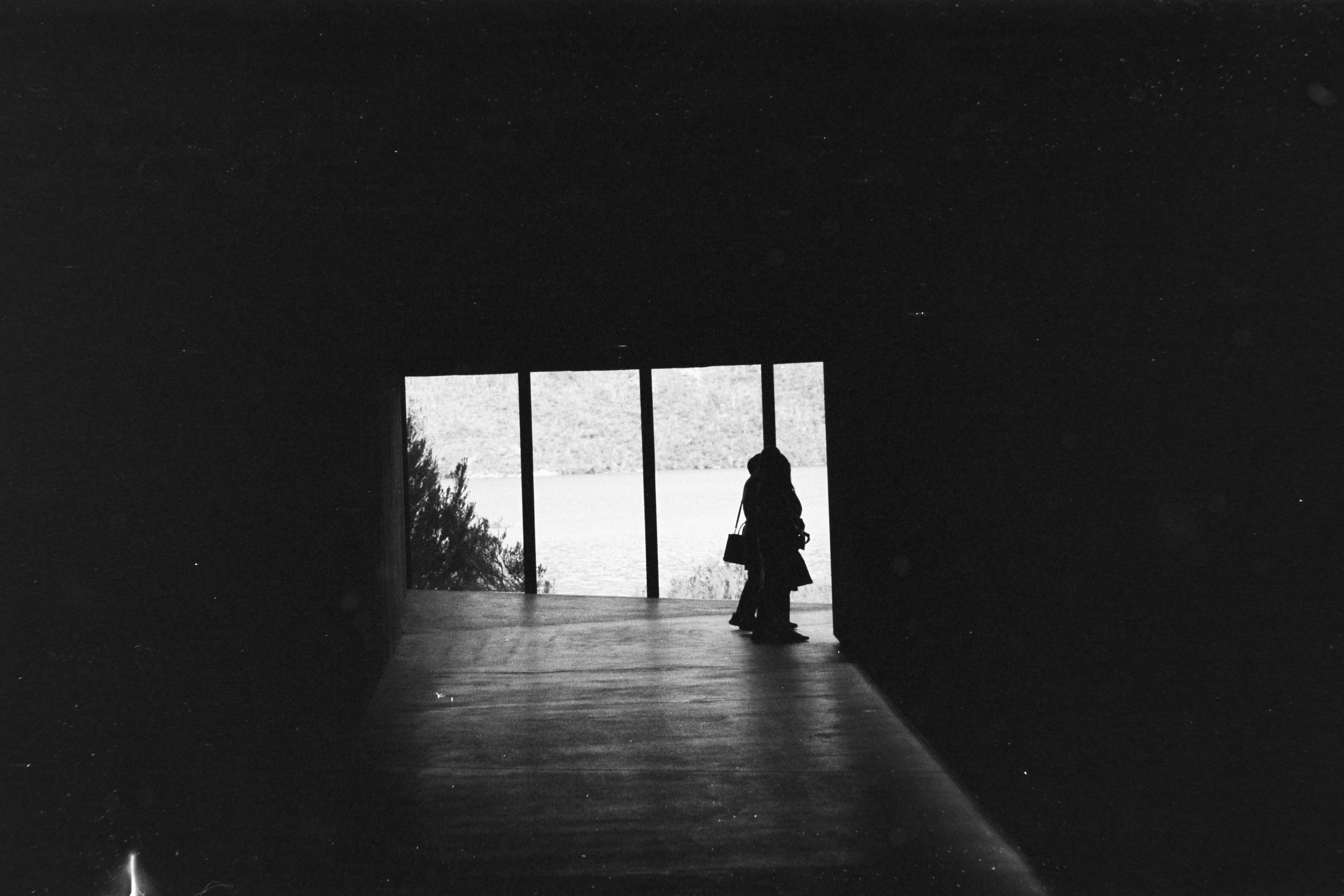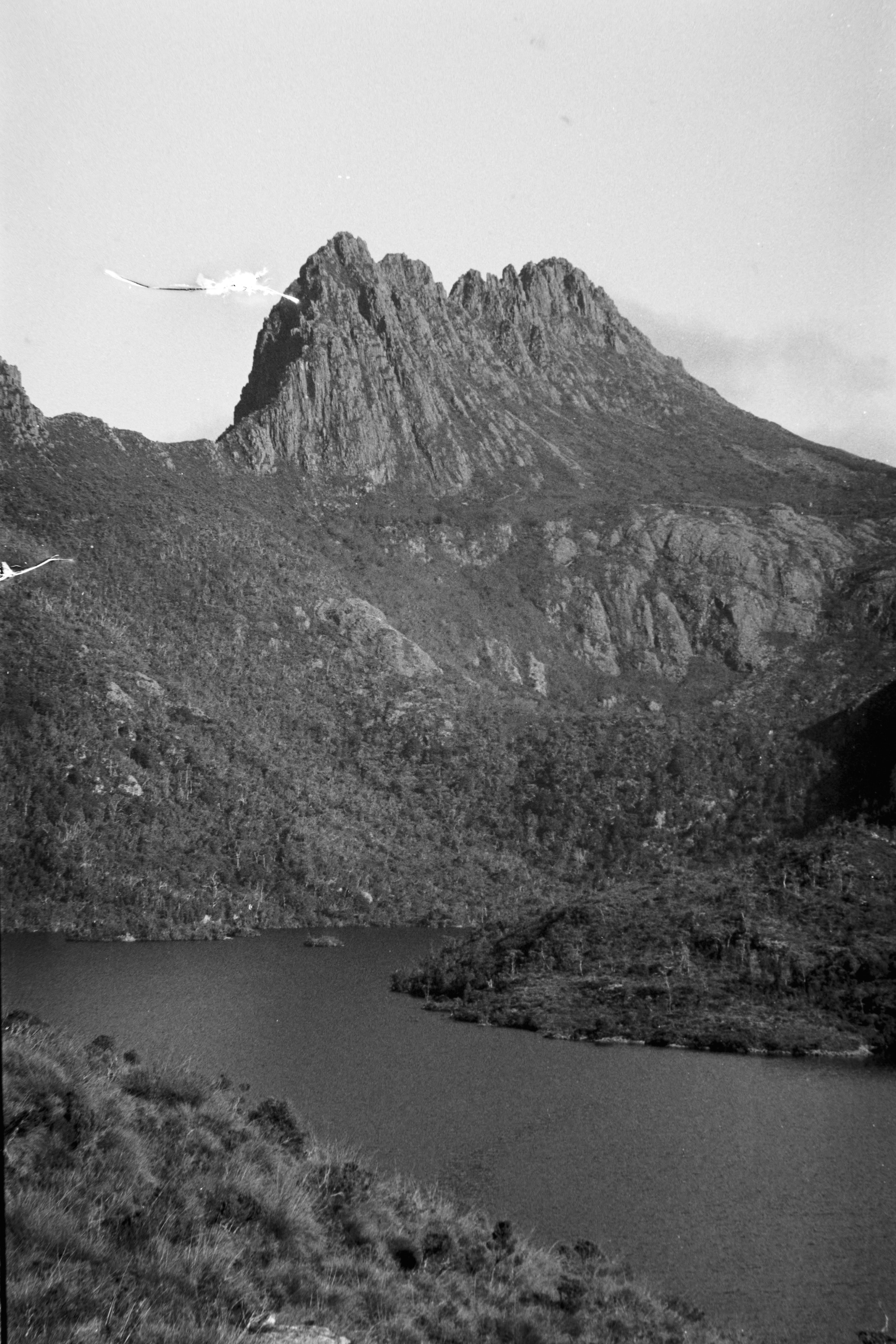Return to Analog - Part 2
It’s been a few weeks since I started dabbling with film and I’m now on roll #5 and #6, it’s definitely a slower process and it isn’t the cheap way to do photography, but it’s an adventure.
Each roll costs around the $10-30 mark (although everywhere generally seems to be out of stock most of the time, so the options are slim at best), then add postage to get the film, more postage to send the exposed roll to a lab, $8-20 for developing (plus more for push/pull processes), another $20-30 if you want it scanned and even more to have the negatives returned. It certainly adds up.
One option to reduce the cost is by developing and scanning at home, so why not? So I picked up some chemicals, a dark bag and a preloved box of tanks, bottles and jugs (thanks Dad!) and gave it a go.
To start I decided to go with the Cinestill Df96 monobath, as it comes in powder form, low odour, it’s reusable for 16+ rolls, lasts for a couple of months and it only takes developing three rolls to come out on top financially.
The day that the Df96 arrived I began. I had two rolls ready to go, TMAX400 from the Voigtlander Bessa R3A, and Delta400 from the Rolleiflex SL66. I started with the 35mm roll. Once I had laid everything out in the dark bag, the first issue was opening the canister, I had the bottle opener on the Leatherman to use, but rather than popping the top off, it crushed the canister which tore parts of the film and made loading the film onto the spool quite a challenge. Once the film was loaded, developing tank sealed and chem mixed, heated and poured into the tank, it was straight into 6 minutes of constant slow agitation. I concluded the development with three cycles of rinsing (since that’s what it took to wash the remnant colour from the TMAX400).
I repeated the process for the Delta400 (besides tearing the film) and adjusting the time to 6:15 compensating for the chemical depletion, hung them up and squeegeed the films to dry overnight.
But enough of developing, let’s see the pictures!
As before, the negatives were scanned with the Valoi system, the 135 film with the Fujifilm X-T3 + XF50mm f/2 + macro tubes, 120 with the X-T3 + XF70-300 and converted in Capture One.
Starting off at the place like no other, takayna/Tarkine, I previously thought I’d already shot the 135 roll here, but apparently I didn’t shoot anything, so I’m glad I ‘re-shot’ it!
Next up, a return to Wynyard for the No Salmon Farms Rally, which I’ve already made a post about here from the digital images.
Then onto a pair of trips to wulinantikala/Cradle. Embrace the film tears.
And finally that huge, massive aurora display, plus some sheep of tuynplinuk/Table Cape.
Baaaaaa
That concludes my first developing adventure, plenty to practice and learn. Another roll of colour is now being developed, so that’ll probably be my next update, maybe with a scanning comparison.
Thanks for tagging along!



